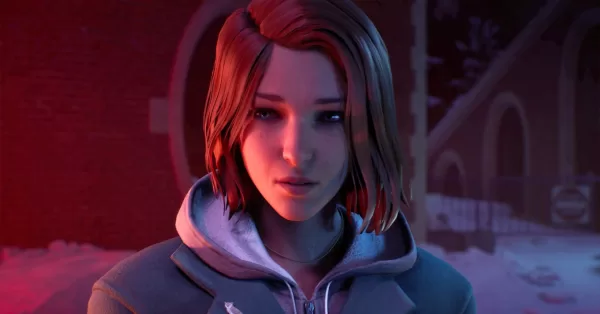Life is Strange: Double Exposure developers on crafting the game’s unique mechanics
The developers also confirmed that Double Exposure can be played even if you haven't played any of the Life is Strange titles.

Life is Strange: Double Exposure is out now, though ahead of its launch, we got to ask a couple of questions to the game’s developers.
After getting a hands-on of the game last month, we then sent over some questions to Game Director Jonathan Stauder and Staff Writer Aysha Farah for an email interview.
Specifically, we asked the two Life is Strange developers to share their insights on how they came up with and developed the new mechanics introduced int the game. These include Max’s timeline-shifting ability along with the SMS and social media functions as these are big parts of the game’s moment-to-moment gameplay.

What particular challenges did you run into while developing the game’s timeline-shifting mechanic?
At first, we had many technical challenges. Both timelines are available to the player simultaneously, so that means we always needed both versions of the a level and all of the non-player characters within loaded at the same time. We had to develop certain guidelines for how complex levels could get as a result. Bigger levels needed to have fewer unique differences, while smaller levels could have more differences. We had the share the budget for non-playable characters between both timelines, so 40 characters in the Snapping Turtle would need to be split 25 in the living timeline and 15 in the dead timeline. Otherwise, the frame rate would drop too much. When it came to designing the game, we originally allowed the player to shift anywhere. However, this meant that players could shift into parts of the level and get stuck. They could also meant that they could shift inside other characters. So we developed shift spots as a way to curate the player’s movement between the timelines. It allowed us to focus on putting the most interesting moments of the game near where we knew the player would be shifting. It also allowed us time to focus on fixing other technical issues rather than chasing down a million edge cases in need of fixing because the player shifted somewhere we hadn’t anticipated.
What was the process like when it came to developing the game’s social media and SMS mechanics?
For Double Exposure, we wanted to increase the player’s available interactivity in both SMS and Social Media beyond what we did for True Colors and Wavelengths. This time around, Max’s responses to text messages include player input. When players snap photographs in each environment, they will be posted to social media where other characters can comment on Max’s posts. Both allow for additional opportunities to interact with other characters or sometimes get critical information about the central mystery. It was important that both SMS and Social Media could provide as much interactivity to the player as making dialogue choices. Since we used versions of these mechanics in prior games, we were able to focus on developing more ways for the player to interact with these systems beyond opening up Max’s phone and reading.
Would you recommend playing the other Life is Strange games like True Colors first to get the best experience?
You do not need to have played prior games in the franchise to enjoy Double Exposure. It was built with long time fans and newcomers alike in mind. If you haven’t played the first game, you will learn everything you need to know about Max’s past over the course of the story. That said, we would absolutely recommend that folks play the prior games anyway because they are fantastic!
Life is Strange: Double Exposure is available now on PS5, Xbox Series X|S, and PC via Steam.

